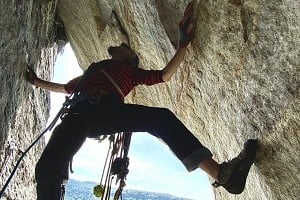
Tis the season to be merry, and if you are anything like us here at UKC it's not only the goose that's getting fat. With that in mind we came up with this quick hit article detailing five ways you can improve your climbing on God's own rock, even if you have had a few too many mince pies this Christmas.
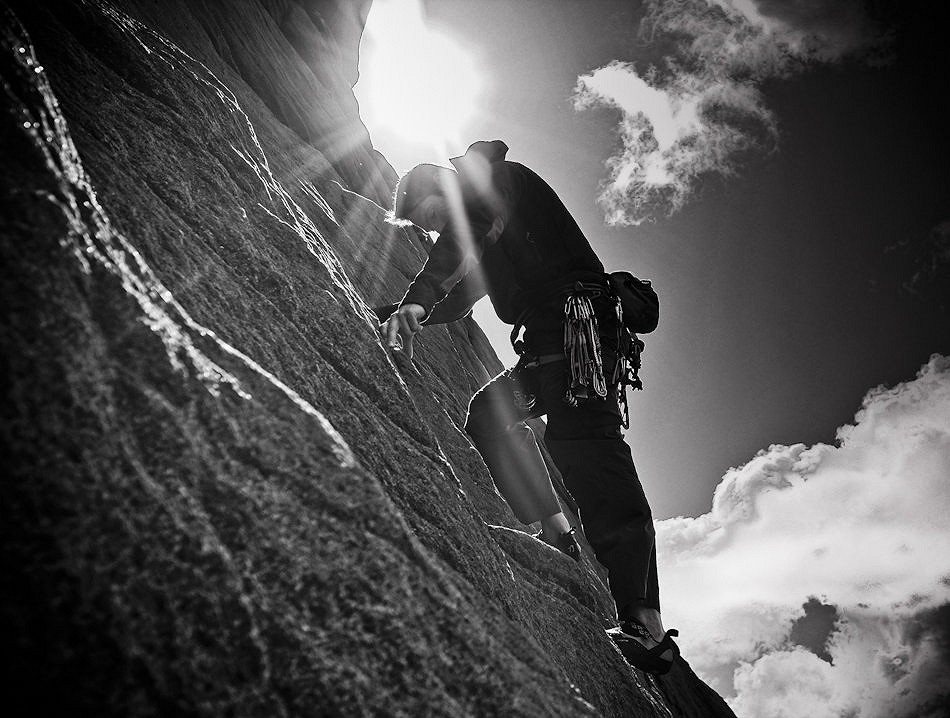
1: Warm Up - Don't Burn Out
It's freezing outside, and that means it is good friction on the rock, right? That might be true for those of us who want to pull on the smallest slopers and tiniest pebbles, but for the vast majority of climbers cold rock means cold hands, gear fumbles and generally having a harder time, so what to do?
Firstly find a crag that is in the sun, but more importantly out of the wind. This way it just isn't as bloody cold! Secondly find a short crag, either bouldering or short routes, and that way you won't have as much time on each route with your hands in contact with the cold rock.
Our favourite cold weather Gritstone venue is the Yorkshire bouldering nirvana of Shipley Glen, if you haven't been there then it really is worth a visit, and it can be a little winter sun trap.
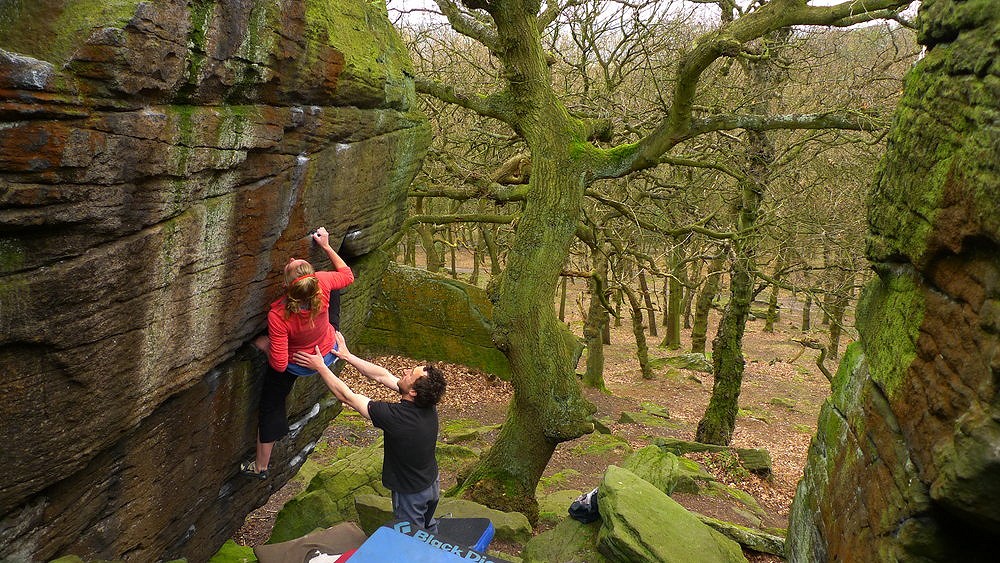
2: Get a bouldering mat and use it!
They've been around for a couple of decades now, and these foam pads are real knee savers, but often if we are out trad climbing they don't form part of the rack. Make the extra effort to bring your pad along, and use it to keep your feet clean below routes, do bits of bouldering to get warmed up, and increase the amount of problems and moves you can fit in to a single climbing session.
Keep moving, keep motivated, keep clean and keep safer - what's not to like.
They are also great for sitting on and drinking tea out of your flask.

3: Not all grit routes are the same
Bold aretes, holdless slabs, juggy roofs and unrelenting cracks - gritstone has it all. The most well rounded of climbers can operate on all of these types of terrain, but if you struggle with gritstone in general, then try and think a little bit about the style of routes you are choosing. Do you excell on some but not others?
If you're a gym monkey and steep juggy roofs are your cup of tea then perhaps it is time to break out on to the slabs or vice versa. Make a list of routes that you fancy doing at your favourite grit crags, and put them in to categories of style. Then you can focus on one style at a time, and hopefully begin to feel at home on the rock and get on a roll.
Start with routes with good gear, short-lived cruxes, obvious moves etc, and build up through that genre until you can tackle some harder routes.

4: No sweat
Gritstone is a really frictionful rock, it is a coarse sandstone, and is really grippy for both the hands and feet. This is good and bad unfortunately, as it means that you have to get used to pulling on slopy but grippy holds (whereas a rock like limestone lends itself more to grab and pull on positive edges), but it does mean that smearing with your feet often works pretty well.
Having sweaty hands on slopy holds is going to make it really hard to use those holds, and you are going to feel less secure, so if you have really sweaty hands make sure you are using enough chalk (you don't need to plaster the rock with it), and consider getting some liquid chalk too, this dries out your hands before an attempt, and on short routes and boulder problems it can make a big difference to the sweaty-handed folk out there.
The bad thing about gritstone being so grippy is that it wears out your finger skin really fast, and this in turn leads to more sweaty finger tips, as the moisture literally beads on to your finger pads. This wet skin goes soft and then wears out even faster, so it is a viscous circle.
Chalking in between routes (really?! - yes!) can help keep worn skin drier for a climbing session, meaning it doesn't go all wet and soft. A quick dip or application of liquid chalk whilst you are resting can help save your skin. It works for us!
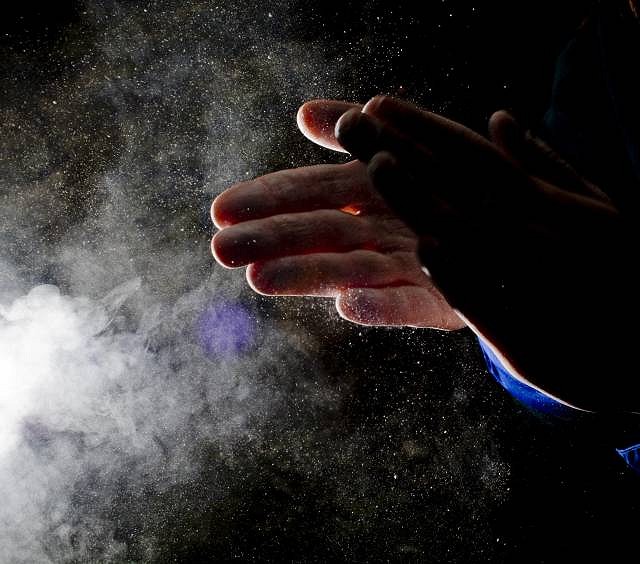
5: Tailor your rack
Just because grit is short doesn't mean you won't need a comprehensive rack of gear to climb most routes, but what you can do is make some rack choices before you even leave the ground, you might not need to carry all of that shiny kit!
On most grit routes you can see the size of the cracks (not exactly, but you should be able to get a good idea) before you set off, so don't double up on massive Cams for a micro-nut route.
Carrying neatly racked, well chosen gear will speed up your climbing and make you lighter. And if you are rattling off lots of easier routes, then speeding things up with a small rack will enable you to do more routes in a short time, increasing your ratio of moves per climbing session and consequently making you a better grit climber.
Many seasoned grit climbers have a specific grit rope too - you won't need a 60m rope at Stanage!

- SKILLS: Building Fast Belays When Multipitch Sport Climbing 9 Nov, 2016
- SKILLS: Abseil Knots Explained 2 Oct, 2016
- FEATURE: Colm Shannon's Deserted DWS Heaven - Irish West Coast 7 Aug, 2016
- SKILLS: Acclimatising for the European Alps 5 Jun, 2016
- Terra Unfirma! Adventures on the Lleyn Peninsula 1 Jun, 2016
- VIDEO: Fiesta De Los Biceps 8 May, 2016
- REVIEW: Evolv Shaman 2016 18 Mar, 2016
- REVIEW: Doug Scott - Up and About 2 Feb, 2016
- ARTICLE: 12 Climbing Adventures That Won't Break The Bank 26 Jan, 2016
- DESTINATION GUIDE: 10 Routes to Climb in Chamonix in Winter 20 Jan, 2016



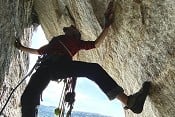


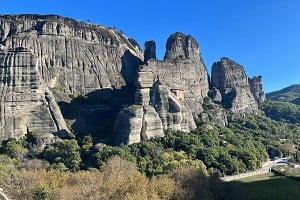
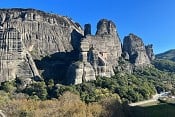








Comments